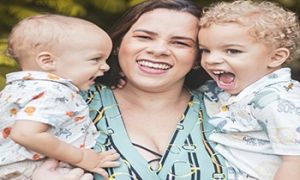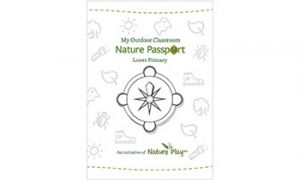When we talk about programming and planning for babies in early childhood, we’re really delving into a thoughtful approach that values infants’ rapid developmental growth, emotional needs, and emerging personalities. Australian early childhood education has evolved to recognize that even the very youngest need intentional, responsive programming embedded in a secure, nurturing environment. Here are some key aspects to consider.
1. Foundational Framework
Early Years Learning Framework (EYLF): This is the cornerstone of early childhood education Although it addresses all age groups, its principles and learning outcomes are particularly important for babies because they focus on:
-
Secure, respectful relationships: Babies thrive when they feel safe and valued. Programming emphasizes building strong relationships through warm interactions.
-
Holistic development: The EYLF encourages learning state frameworks that integrate physical, social, emotional, and cognitive development. For babies, this can mean sensory exploration, responsive caregiving, and gentle stimulation.
2. Responsive and Child-Centered Planning
For babies, programming isn’t about structured lessons but about creating a flexible, responsive environment where their cues guide the learning process. Here’s how educators can approach it:
-
Observation and Documentation: Educators use tools like anecdotal records, checklists, and regular observation logs to understand each baby’s unique interests or developmental stage. This documentation guides planning. For instance, if a baby shows increasing interest in sensory experiences, the educator might incorporate more textured toys or sensory-rich activities.
-
Individualized Routines: Babies have different sleep, feeding, and play schedules. Effective programs respect these needs by planning individualized routines that ensure:
-
Consistent attachment experiences: Consistency and predictability help babies form secure attachments with their educators.
-
Opportunities for autonomous exploration: Within a safe space, babies can explore objects, sounds, and voices at their own pace.
-
-
Integration of Family Partnerships: Families are the first educators. Effective planning includes open communication with parents or caregivers, understanding cultural backgrounds, and integrating family routines into the program. This strengthens the continuity between home and childcare settings.
Age Group: Infants (0–12 months)
Program Duration: A dynamic daily schedule (adjustable based on observed cues and daily routines)
Core Goals and Outcomes:
-
Secure Relationships: Develop trust and attachment by ensuring each baby feels seen, heard, and comforted.
-
Sensory and Motor Development: Provide a variety of sensory-rich activities (touch, sight, sound) to promote exploration and physical strength.
-
Language and Emotional Engagement: Foster early language exposure and emotional regulation through simple songs, stories, and gentle interactions.
-
Wellbeing and Safety: Create an environment that is both secure and stimulating, balancing active play with quiet moments for rest.
Daily Schedule & Activities
| Time | Activity | Objectives | Materials/Resources |
|---|---|---|---|
| 7:30 – 8:30 AM | Arrival & Settling In | Ease transitions; build direct, positive relationships | Soft rugs, individual spaces, greeting area with comforting décor |
| 8:30 – 9:00 AM | Gentle Circle Time / Music & Movement | Stimulate attention, language exposure, and motor skills | Simple songs, hand instruments (shakers, tambourines), mirrors |
| 9:00 – 9:30 AM | Sensory Exploration & Floor Play | Enhance tummy time, fine motor skills, and tactile discovery | Sensory mats, textured toys, safe baby mirrors, age-appropriate objects |
| 9:30 – 10:00 AM | Outdoor Fresh Air Time | Exposure to nature; calm energy with fresh scenery | Weather-appropriate clothing, stroller or baby carrier, outdoor mat |
| 10:00 – 10:30 AM | Feeding/Snack Time | Support nutritional needs; encourage social interaction | Bottles or breastfeeding area, healthy snacks (for older babies) |
| 10:30 – 11:00 AM | Story Time & Cuddle Session | Promote language skills and nurtured bonding | Picture books with large, clear images; soft puppets or cuddly toys |
| 11:00 – 11:30 AM | Quiet Sensory Music & Soft Movement | Ease transitions and support emotional regulation | Gentle, soothing music; dimmed lighting; comfortable mats or cushions |
| 11:30 – 12:30 PM | Nap/Rest Time | Ensure restorative sleep and downtime for self-regulation | Nap cots or cozy mats; blankets; a calm, quiet environment |
Program Planning Process
-
Observation & Assessment:
-
Use a mix of anecdotal records and brief checklists to note each infant’s interests, mood fluctuations, and engagement levels.
-
Document subtle cues (facial expressions, body language) to help tailor future activities.
-
-
Reflective Planning:
-
After each session, deliberate with your team on what worked well and what could be enhanced.
-
Questions might include:
-
Did the sensory play hold the babies’ attention?
-
Were there moments when additional comfort or a change in activity was needed?
-
-
-
Individualization:
-
Modify activities on the fly—for instance, if a baby appears overstimulated, extend the quiet music time.
-
Adapt feeding or cuddle moments to mirror the individual routines and preferences shared by families.
-
-
Family Integration:
-
Share daily highlights or photos with families through a digital portfolio or daily update board.
-
Invite parents to offer insights that further personalize the programming (cultural elements, home routines, etc.).
-
-
Environment Setup:
-
Design clear zones for sensory play, quiet time, and active engagement.
-
Regularly review and adjust the setup to ensure safety and to introduce a fresh range of materials suited to seasonal changes or new interests.
-
Evaluation & Reflection
-
Daily Review: After the program, educators gather to discuss observations and update individual baby profiles.
-
What were the standout moments?
-
Which activities sparked the most curiosity or calm?
-
-
Documentation: Keep a record in a digital journal or printed log to compare progress week to week.
-
Use these reflections to adjust tomorrow’s plan—even if that means revisiting a particularly engaging sensory activity or ensuring more downtime.
-
-
Team Collaboration: Share insights during staff meetings, fostering a culture of continuous improvement and responsive planning.
Further Reading
Writing Observations For Babies
Brain Boosting Activities For Babies
Achieving EYLF Outcome 1 In The Babies Room
Achieving EYLF Outcome 2 In The Babies Room
Achieving EYLF Outcome 3 In The Babies Room
Achieving EYLF Outcome 4 In The Babies Room
Best Practices For Caring For Babies


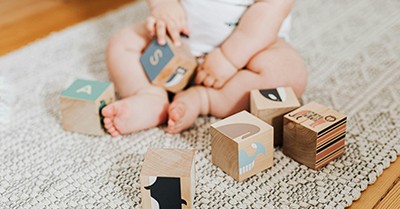

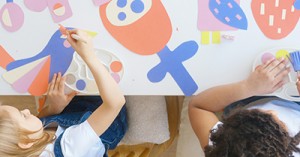


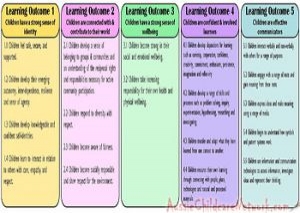 Here is the list of the EYLF Learning Outcomes that you can use as a guide or reference for your documentation and planning. The EYLF
Here is the list of the EYLF Learning Outcomes that you can use as a guide or reference for your documentation and planning. The EYLF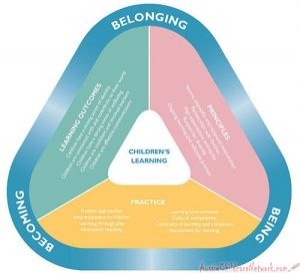 The EYLF is a guide which consists of Principles, Practices and 5 main Learning Outcomes along with each of their sub outcomes, based on identity,
The EYLF is a guide which consists of Principles, Practices and 5 main Learning Outcomes along with each of their sub outcomes, based on identity, This is a guide on How to Write a Learning Story. It provides information on What Is A Learning Story, Writing A Learning Story, Sample
This is a guide on How to Write a Learning Story. It provides information on What Is A Learning Story, Writing A Learning Story, Sample One of the most important types of documentation methods that educators needs to be familiar with are “observations”. Observations are crucial for all early childhood
One of the most important types of documentation methods that educators needs to be familiar with are “observations”. Observations are crucial for all early childhood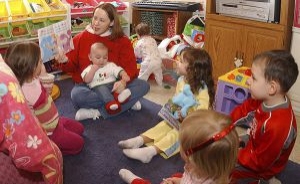 To support children achieve learning outcomes from the EYLF Framework, the following list gives educators examples of how to promote children's learning in each individual
To support children achieve learning outcomes from the EYLF Framework, the following list gives educators examples of how to promote children's learning in each individual Reflective practice is learning from everyday situations and issues and concerns that arise which form part of our daily routine while working in an early
Reflective practice is learning from everyday situations and issues and concerns that arise which form part of our daily routine while working in an early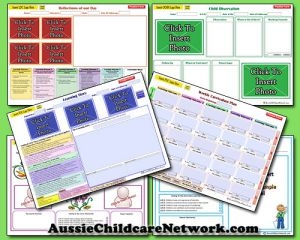 Within Australia, Programming and Planning is reflected and supported by the Early Years Learning Framework. Educators within early childhood settings, use the EYLF to guide
Within Australia, Programming and Planning is reflected and supported by the Early Years Learning Framework. Educators within early childhood settings, use the EYLF to guide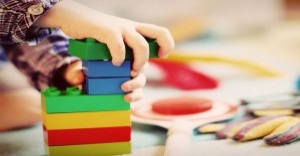 When observing children, it's important that we use a range of different observation methods from running records, learning stories to photographs and work samples. Using
When observing children, it's important that we use a range of different observation methods from running records, learning stories to photographs and work samples. Using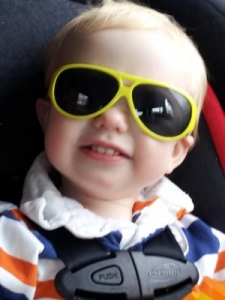 This is a guide for educators on what to observe under each sub learning outcome from the EYLF Framework, when a child is engaged in
This is a guide for educators on what to observe under each sub learning outcome from the EYLF Framework, when a child is engaged in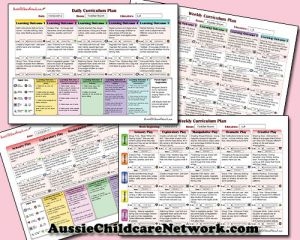 The Early Years Learning Framework describes the curriculum as “all the interactions, experiences, activities, routines and events, planned and unplanned, that occur in an environment
The Early Years Learning Framework describes the curriculum as “all the interactions, experiences, activities, routines and events, planned and unplanned, that occur in an environment